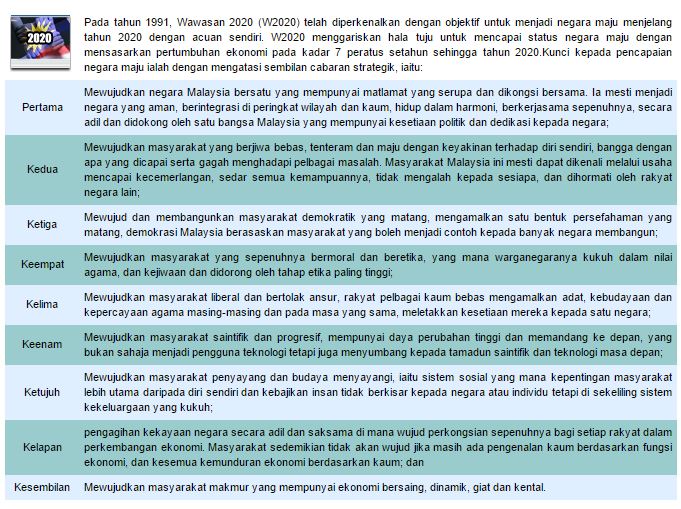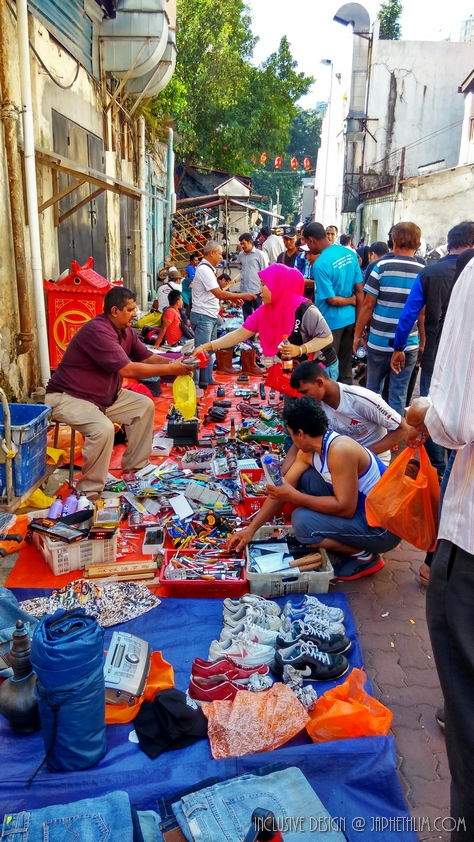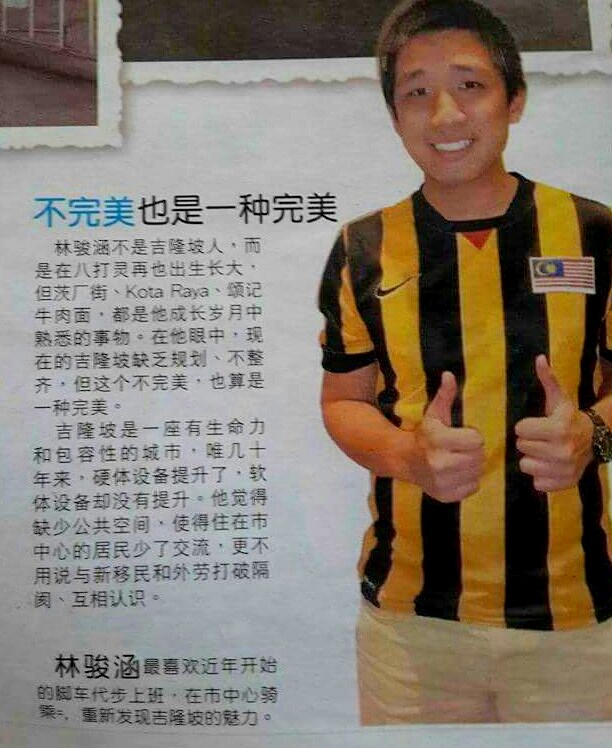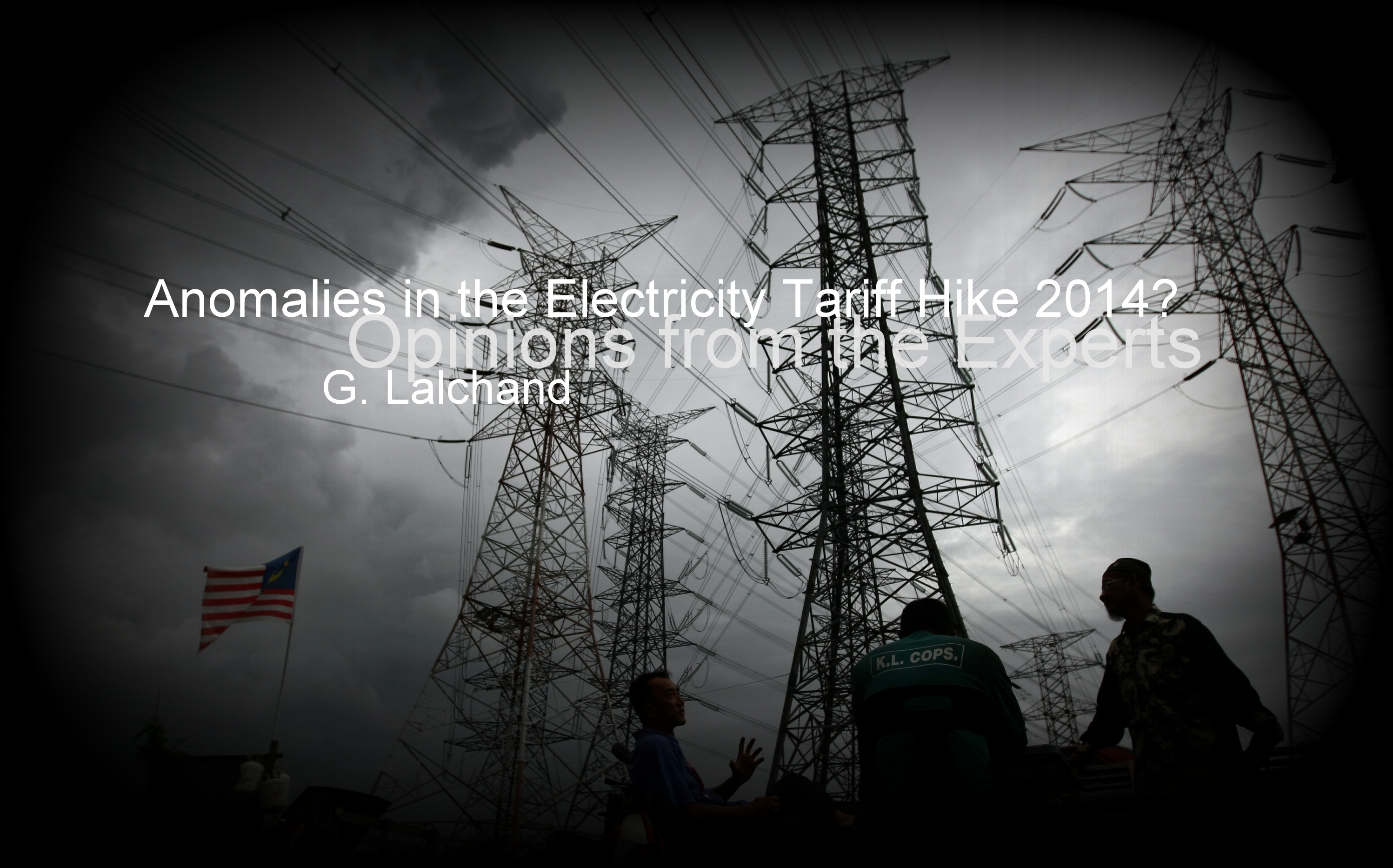Urban design, or particularly on the inception of urban rejuvenation recently, is never just about the built environment itself. But rather, focusing on the software, the people, the stories that collide between all walks of life that nurtures and inspires each others’ needs. Communities are created when people feel attached to a place or to its people. While one interesting paradox i find common today is our stereotypes towards incoming immigrants, whether legal or illegal. But, if it’s expat, then our mindset changed whole lot. Wow.
I was attending a Think City’s event recently, the first Think City’s event in KL which gathers almost to hundred of grass root urban rejuvenation leaders, ranging from urban conservation, creative arts, urban transportation and shared space etc. The event was a briefing on Think City’s Grant Programme recently, while also briefing Think City’s first project KL, Cultural Mapping of KL Downtown. Then it became interesting when one participant asked, “Why is Think City in favor of doing a cultural mapping of down town KL aka Masjid Jamek Petaling Street area when it’s clearly all the immigrants that are flooding the space?” Then Think City answered, “Are you saying that these immigrants are not part of our culture? Once the Chinese and Indians came into the peninsula due to economic activities demand? Why not them too?”
Inequality = Insecurity
I have always loved that correlation equation. The urgent social security we face today is the inequality within society that has caused us insecurity in our social living environment. We need to cultivate places with a diversity of people, species, incomes, functions, and a varied built environment that leads to more tolerance and allow these elements to support each other. And its easy to theoretically design a built environment to address the issues but as we know it, the greatest obstacle is political will and the convincing part. That is as a urban rejuvenation idea supporter who thinks from the holistic point of view. Anxious draws into me whenever i heard luxury gated mega projects with 7 tier security systems whatever. And often it is these projects who violates the basic needs of other people by cutting off road access for the poor to travel around, or sacrificing their public transport needs.

Excerpt of the Wawasan 2020 aspirations from ETP website.
The question i will be asking is, if we are a nation who aspires to be a high income country by the year of 2020 with the so much over emphasized high income nation, have we ever thought about social inclusiveness to appreciate each other in driving this economy? Yes the people can still debate on who’s the pendatang or whatever until the cows come home but it’s clearly stated back decades ago when the British brought in the Chinese and Indians for the tin mining and rubber industry, they slowly settled down and became part of the country’s crucial development asset. How is it different from having the Indonesians or Banglas flooding into our economy and flooding KL Petaling Street where they call it their home when they have contributed significantly to our bottom tier industries? Intense manpower industries that are often shoved off by us such as manufacturing, industrial, construction lines. What made us think they don’t deserve the life we have currently? No they don’t pay tax, but they have to live through the stereotype and underpaid salary we throw to them.
Exploring the current KL Downtown

With my cheap RM10 japanese hat bought in Taiping and Brynie after Car Free Morning
And yes welcome to the alternative Petaling Street. If some of you have been to the very much talked about Petaling Street and finding yourself so not in Little China anymore, go to the back alley street just beside to it. I am sure the interaction there is 5 times more happening! Rather hoggling with immigrants at the main street of Petaling Street (which often is the main tourist alley anyways), you can find this back alleys filled with both immigrants and locals. I wasn’t that aware about this place until i came across it while finding breakfast..
So i took 10 or more minutes going through the jam packed alley with my bicycle.. slowly noticing the various merchandises available there.. are rather basic necessities for most immigrants. Bear in mind again these are immigrants with low pay salary often, hence also when there’s a demand, thus supply, here’s the alley where they trade second hand goods (or stolen or whatsoever methods i don’t know) but the point is, it is a self sustaining community. And yes, it’s a public space, naturally formed.
This recalls me to the observations in Old Delhi, when i was in India. There are a lot of homeless people on the street as well, but there will be simple carts selling packet shampoos or buns to sustain their life day to day. Meanwhile, what is found here is the old cameras, old hand phones, old clothes.. It ranges quite a bit, from used things to cheap new goods.
Yes it is quite a stretch actually. All displayed on make shift canvas or tables. The long lasting impression was rather, looking at how happy they are, playing music, talking to each other, and greeting you with their smiles. It’s not like the our typical stereotype of immigrants coming in with tendency to rob or rape whatever.
It’s definitely one of the eye opening places that has redefined KL and should be acknowledged by the urbanites. Will definitely come back to this place for a longer walk and interact with more of the people to find out their routine. My deepest fear for most Malaysians are judging these people without even interacting with them first. There are few occasions i have already interacted and just to find, yes they are ordinary people like us who yearn to go abroad to earn more money (say UK Aussie) and send back some money back to our homeland to sustain their families. How different are we today?
And yes i gave my fair share of opinion in China Press in a near related topic. Basically saying that imperfection is also a perfection. What made me love KL in comparison with developed and well infrastructure cities like Singapore for example, is that things here are more lively, thanks to the lack of regulations. Though we are lack of public spaces, you can see for instance here, in the back alleys, people will eventually make places to be spaces for all kind of usages. I will definitely prefer such option rather a wide well equipped public space that has its regulations controlled by authorities.
Paradox in Singapore – Controlled Alcohol Consumption?
And yes while on the southern neighbor, there’s a proposed law to ban alcohol retail sales from 10:30pm to 7am. Yes you heard it. Widely speculated as a follow up action on the Little India torch incident, due to some drunk immigrants. But the catch here is that pubs bars restaurants are still allow to sell within their premises, while events should have a permit to do so. But anyone on the street caught drinking can be fine $1000, till facing a jail term of 3 months if found repeating. I don’t think any politicians can understand what does it feel like to ease off the entire day’s hard work by drinking a bottle of beer or two in the bed for these construction workers. And yet to get caught! So much for social inclusive via social rights.
Anyways speaking which, long more for us to recognize the need for social inclusiveness in both our built environment design and social system. Instead of chasing immigrants out, shouldn’t we be thinking on how to have spaces and programs to understand them better? Take a visit to this alley first. I will, again.

Just another non relevant picture of my bike! From Car Free Morning! Lorong Kurau











